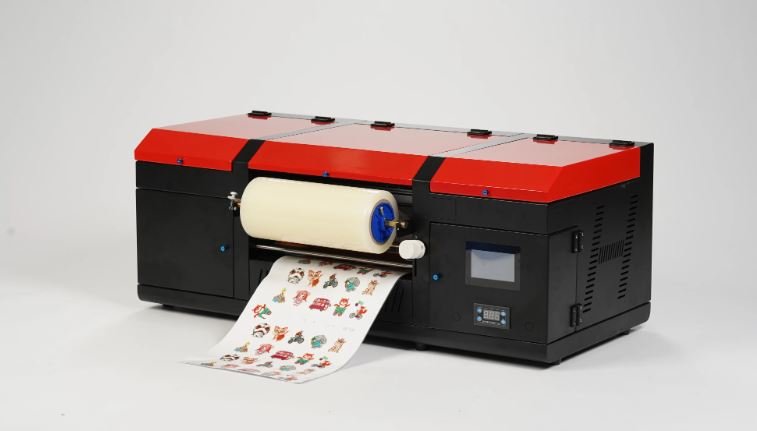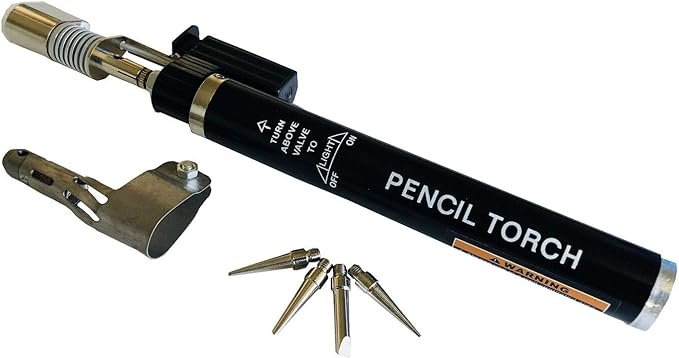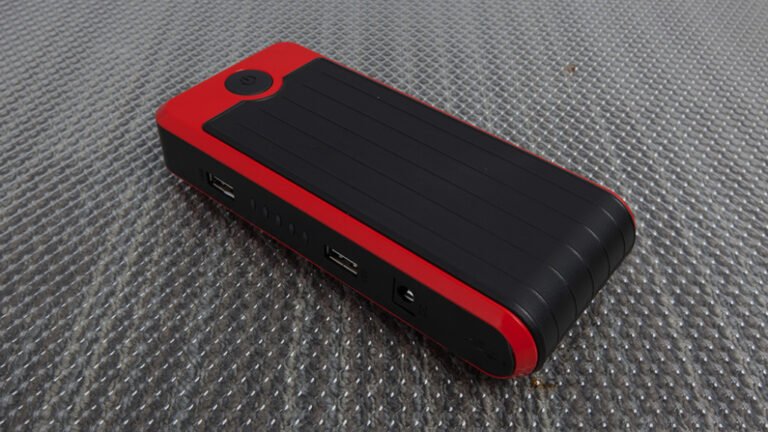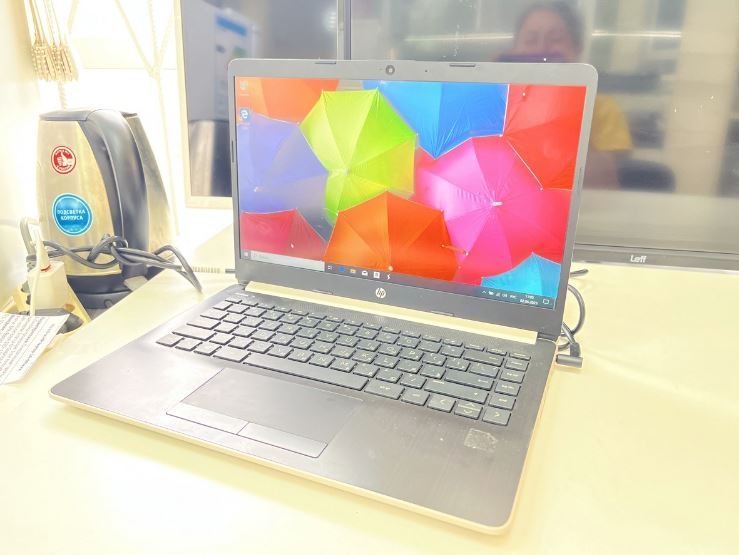UV DTF Printer: Analyzing Costs and Benefits for Superior Printing
In recent years, the digital printing landscape has seen remarkable innovations, and at the forefront is the UV DTF (Direct to Film) printer. This technology is hailed as the next significant leap in printing, offering a blend of precision, efficiency, and quality that traditional methods struggle to match. As we delve into the world of UV DTF printers, it becomes evident why they are considered the future of digital printing.
Why UV DTF Printers Are Revolutionizing the Printing Industry
The introduction of UV DTF printers has been nothing short of revolutionary, providing unparalleled flexibility and convenience. Unlike conventional printing methods, these printers do not require pre-treated materials, allowing for a vast array of substrates to be used. From soft fabrics to hard surfaces like wood or metal, UV DTF printers can handle it all. This versatility is a game-changer, particularly for businesses that demand quick turnarounds and diverse printing needs.
The Ultimate Guide to Choosing the Best UV DTF Printer for Your Business
Selecting the optimal UV DTF printer for your business is crucial and can be a bit daunting. The key is to focus on your specific needs. Consider the volume of printing, the variety of materials you intend to print on, and the level of detail required. Businesses should also take into account the printer’s compatibility with their existing workflow. It’s imperative to research and compare features such as resolution, speed, and ink compatibility, ensuring that the printer you choose is a perfect fit for your business operations.
Innovative Designs with UV DTF Printers: Tips and Tricks
Unlocking the creative potential of UV DTF printers can be incredibly rewarding. To achieve innovative designs, start by utilizing the full color spectrum and gradients that these printers offer. Experiment with different substrates to see how the inks adhere and reveal the textures. For a truly unique effect, try layering prints to create tactile finishes or mix matte and gloss inks for a dynamic look. The key is to experiment and embrace the printer’s versatility.
Mastering the Art of UV DTF Printing: Techniques for Professionals
For professionals looking to master the art of UV DTF printing, understanding the nuances of the technology is essential. Precision in artwork preparation, such as vector graphics and color management, is foundational. It’s equally important to maintain the printer with regular cleaning and to use high-quality films and inks to prevent clogs and ensure the longevity of the machine. Professionals should also stay updated on the latest software updates and printing techniques to keep their skills sharp.
Comparing Top UV DTF Printers of 2023: Features, Prices, and Performance
As we compare the top UV DTF printers of 2023, we notice that the market offers a range of options tailored to various business sizes and budgets. High-end models boast incredible speed and resolution, while more affordable options offer a balance of quality and value. It’s vital to assess the total cost of ownership, including maintenance and supplies, alongside the printer’s price. Performance metrics like print area, speed, and ink efficiency should guide your decision to ensure a wise investment for your business needs.
How UV DTF Printers Are Changing the Face of Small Business Branding
Small businesses are always on the lookout for cost-effective solutions to elevate their branding. The advent of UV DTF printers has provided an unprecedented opportunity to do just that. These printers allow for the production of vivid, detailed graphics on a variety of materials, from clothing to accessories. Consequently, brands can now create small batches of custom products without the prohibitive costs typically associated with traditional printing methods. This flexibility enables small enterprises to compete with larger companies, offering bespoke products that stand out in a crowded market.
Maximizing Output with UV DTF Printers: Efficiency Tips
To truly reap the benefits of a UV DTF printer, businesses must focus on efficiency. First, it is crucial to maintain the printer regularly to prevent downtime. Secondly, optimizing the workflow by preparing designs in advance and batching similar print jobs can save time. Additionally, utilizing software that interfaces seamlessly with the printer can streamline the process, ensuring quick turnaround times from design to print. By following these tips, businesses can maximize output, ensuring that they can meet customer demands swiftly and effectively.
UV DTF Printers: Bridging the Gap Between Quality and Speed
In the printing world, quality and speed were often at odds, but UV DTF printers have bridged this gap. With the ability to print intricate designs at a rapid pace, these printers are a boon for businesses that no longer have to choose between the two. The UV curing process solidifies the ink instantly, meaning there’s no waiting for the product to dry. This immediate curing process ensures that prints are not only high-resolution but also durable and ready for immediate use or sale.
The Environmental Impact of UV DTF Printing: What You Need to Know
The conversation around gadgets inevitably includes their environmental impact. UV DTF printers offer a more sustainable option compared to traditional printing technologies. They produce less waste since there is no need for screens or plates that frequently require cleaning, often with harsh chemicals. Moreover, the UV DTF printing process typically uses eco-friendly inks that are better for the environment. Businesses seeking to reduce their ecological footprint can benefit from investing in this technology.
From Novice to Expert: Learning the Ins and Outs of UV DTF Printing
For those new to this technology, the learning curve can be steep, but it’s surmountable. Starting with understanding the basic functions of the printer and the properties of the inks used is paramount. Many manufacturers offer comprehensive tutorials and support for new users. Moreover, communities of UV DTF printer users have formed online, providing a wealth of knowledge and experience for novices to draw upon. With dedication, anyone can transition from a beginner to a proficient user, unlocking the full potential of their device.
Custom Apparel Printing with UV DTF Printers: A New Era
Custom apparel printing has entered a new era with the introduction of UV DTF printers. These gadgets allow small businesses and designers to print directly onto a special film that can be transferred to clothing and other fabrics. The result is a high-definition image with brilliant colors that can withstand washing and wear. This capability opens up new avenues for personalized fashion, promotional merchandise, and even limited-edition products, providing an edge in the competitive apparel market.
The Cost-Benefit Analysis of Investing in a UV DTF Printer
In the realm of digital printing, the introduction of the UV DTF (Direct to Film) printer represents a significant leap forward. When evaluating whether to incorporate this technology into your operations, it’s essential to perform a cost-benefit analysis. Initially, the investment may seem steep; however, the long-term savings and benefits can be substantial.
Firstly, the efficiency of these printers can dramatically reduce labor costs. Their ability to print directly onto a film that can be transferred to a variety of surfaces eliminates the need for multiple rounds of printing and processing. Moreover, the ink used is often less expensive over time when compared to traditional printing methods.
Secondly, the return on investment (ROI) is considerably high due to the printer’s versatility, which opens up new revenue streams. Businesses can expand their offerings to include a wider range of products, such as custom apparel, signage, and personalized items, which may justify the initial investment.
Breaking Down the Technical Specs: What Makes a UV DTF Printer Stand Out?
Transitioning from the economic to the technical, it’s important to understand the features that set a UV DTF printer apart from other printing technologies. One of the most noteworthy specifications is the printer’s resolution. These printers can achieve extremely high dpi (dots per inch) ratings, which translates to incredibly detailed and crisp images, even on small or complex designs.
The speed of these printers is another pivotal aspect. They are designed to operate at a rapid pace without sacrificing quality, allowing for high-volume production runs. Additionally, the UV printing process ensures that the ink dries instantly, further enhancing the production speed.
The ability to print on a broad spectrum of materials is yet another defining characteristic. Unlike traditional printers that may have limitations on substrate compatibility, UV DTF printers can print on a myriad of surfaces, including glass, metal, and plastic, thanks to the unique properties of the UV-curable inks.
UV DTF Printers: Combining Durability with High-Quality Printing
Beyond the technical capabilities, the end product’s durability is a crucial benefit of using a UV DTF printer. The UV-cured inks are known for their robustness, providing resistance to fading, scratching, and various environmental factors. This durability ensures that prints remain vibrant and intact for extended periods, which is especially beneficial for items that are subjected to frequent handling or outdoor conditions.
The quality of printing achieved with a UV DTF printer is not just durable but also of a superior standard. The color vibrancy and accuracy are exceptional, making it an ideal choice for projects that demand a high level of detail and color fidelity.
Step-by-Step Guide to Setting Up Your UV DTF Printer
When it comes to setting up a UV DTF printer, the process is straightforward, yet it requires meticulous attention to detail. Begin by assembling the printer according to the manufacturer’s instructions, which typically involve installing the print heads and loading the inks.
Next, calibrate the printer to ensure color accuracy. This usually involves printing a test chart and adjusting the printer settings accordingly. Once calibrated, load the DTF film and prepare your design files for printing, taking care to use the appropriate color profiles for your substrates.
Following the preparation, you’re ready to print a sample to confirm that everything is working as expected. Make any necessary adjustments, and once satisfied, you can commence with full production runs.
The Versatility of UV DTF Printers: Beyond Paper Printing
Lastly, the adaptability of UV DTF printers transcends beyond traditional paper printing. These printers are capable of decorating a vast array of products, from clothing and accessories to industrial goods and home decor. This versatility not only enables businesses to diversify their product lines but also allows for customization and personalization on a scale that was previously unattainable with conventional printing methods.






